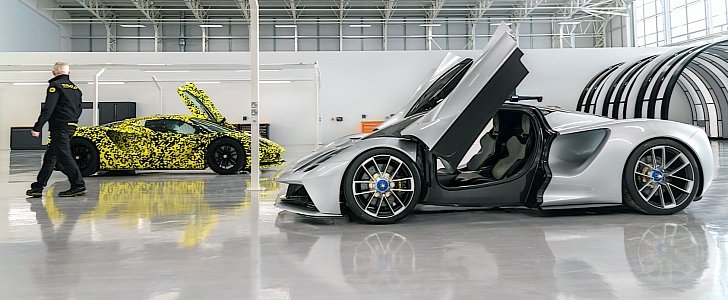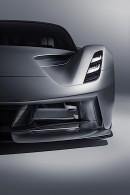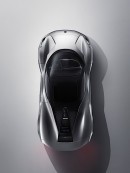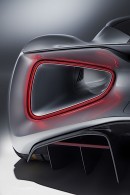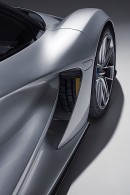Ever since we learned of the return of Lotus to the automotive scene, we were hyped. Especially because the British marque is making a forceful comeback with an electric car of immense power and looks to die for.
The car was presented last summer and since that time we were dying to see it in action on the track. Our prayer was answered in November 2019, when the car made its dynamic debut in the first official video. And now, a few months later, another one was released, showing what we are to expect from the car.
The reason behind the release of this second video is the fact that Lotus has readied the production facility for the car, and is moving to finalize the prototypes for the last tweaks it needs to make. Soon, in summer, production of the car for customers is scheduled to begin.
“This is now the newest car production facility in the world, and to witness it move from the drawing board to reality has been deeply satisfying. It’s testament to the commitment of all involved, and is the perfect sleek and high-tech production home for the Evija at our iconic Hethel headquarters,” said in a statement the company CEO, Phil Popham.
The new video shows glimpses of car both inside the facility, and out on the track. It’s not much to look at, really, as the entire thing lasts just 50 seconds, but seeing the wheels on the electric monster spin and throw the car into a drift (it happens so quick that if you blink you miss it) is definitely something worth doing.
The electric heart of the Evija comprises a 70 kWh lithium-ion battery and four electric motors that deliver a combined 2,000 PS of power and 1,700 Nm of torque. That’s enough for an acceleration time of under three seconds and top speed of over 200 mph (322 kph).
The reason behind the release of this second video is the fact that Lotus has readied the production facility for the car, and is moving to finalize the prototypes for the last tweaks it needs to make. Soon, in summer, production of the car for customers is scheduled to begin.
“This is now the newest car production facility in the world, and to witness it move from the drawing board to reality has been deeply satisfying. It’s testament to the commitment of all involved, and is the perfect sleek and high-tech production home for the Evija at our iconic Hethel headquarters,” said in a statement the company CEO, Phil Popham.
The new video shows glimpses of car both inside the facility, and out on the track. It’s not much to look at, really, as the entire thing lasts just 50 seconds, but seeing the wheels on the electric monster spin and throw the car into a drift (it happens so quick that if you blink you miss it) is definitely something worth doing.
The electric heart of the Evija comprises a 70 kWh lithium-ion battery and four electric motors that deliver a combined 2,000 PS of power and 1,700 Nm of torque. That’s enough for an acceleration time of under three seconds and top speed of over 200 mph (322 kph).
